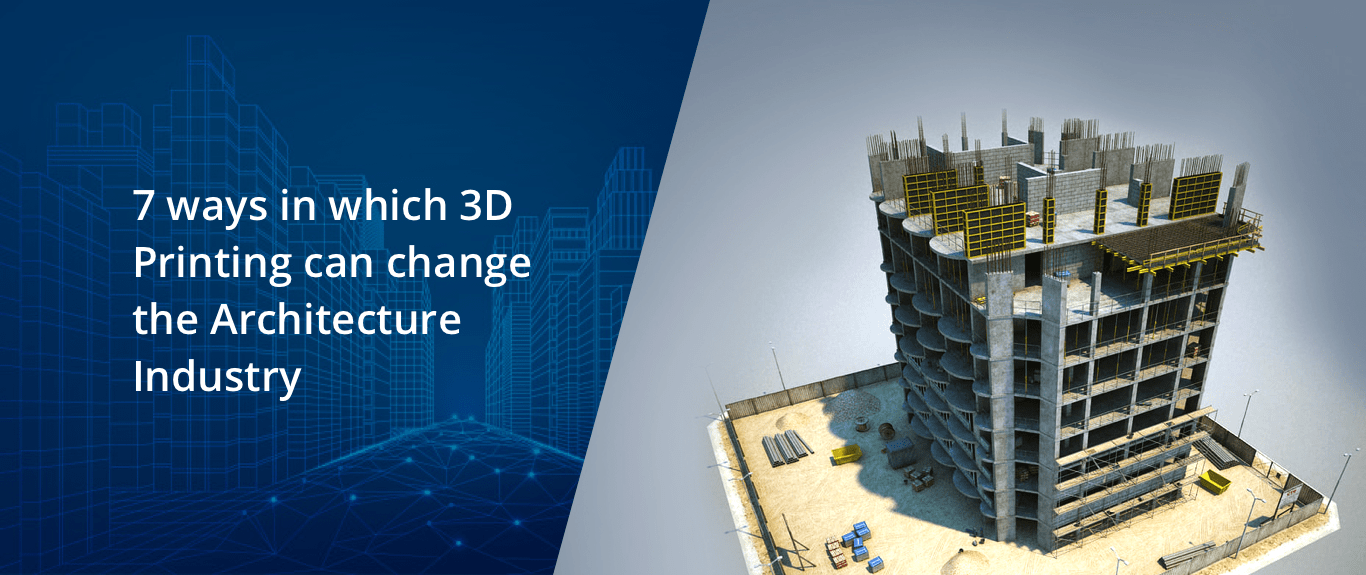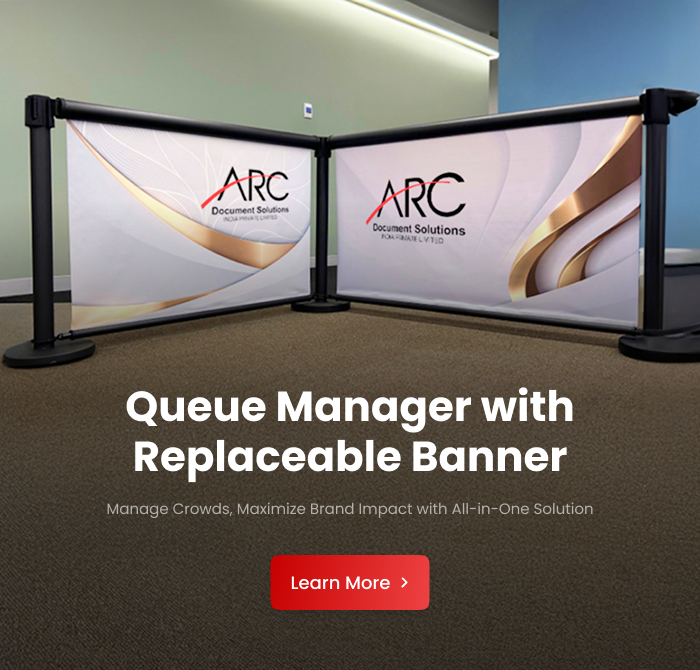7 Ways in which 3D Printing can Impact the Architecture Industry

Is 3D printing important or is it just another fad? This is one question that technology enthusiasts are obsessed with day in and out. While designers and engineers have been using 3D printers for more than 30 years now, it is only recently that these printing machines have made their way into the public eye. Their all the sudden spike in popularity has been due to a rise in accessibility that has been made possible by a large number of factors. 3D printing, today, has the ability to transform consumerism.
In the coming days, 3D printing is designed to change the world and this technology has been hailed as the third industrial revolution. When it comes to the architecture industry, let us take a look at the different ways in which 3D printing has impacted this sector:
Models and concepts that are more realistic:
Imagine you are looking at the scale model of a construction, knowing exactly how the project will be after it is completed. Additionally, when an engineering crew has access to the full scale model of any structure, it offers as a great reference point and makes their job a lot easier. They can see the end product much before the completion of the product. Before anything has been put in place, they can see the results of their work. This offers a great opportunity to try out new designs and possibilities and even test the durability of a construction much before it has been tested.
New Construction Opportunities:
With a help of a large number of prefabs, a large number of objects and structures are being created today. For example, a commercial or residential building will be printed room to room. Unlike the traditional methods of construction, this allows teams to build a construction in a large variety of different locations. The project can be built elsewhere and thereafter hauled to the location where it is planned to be assembled.
Print more than just the Walls:
Imagine if you could print accessories like the internal walls, floorboard, ducts and fixtures right into the building. This will not just make the building highly efficient as all the components are attached right into the main framing and it will also speed up the development since everything already has been embedded into the prefabs.
Flexibility:
With the help of 3D printing, you can feed the digital blueprint of the construction project within the hardware. This file comes with the flexibility of being created or designed by anyone. There are complete databases that are dedicated to blueprints and 3D printing files. Now just imagine how awesome it would be if you could simply go to a service printer and have your entire home created in the least amount of time. This cuts out the possibility of the presence of any middleman. This is something that will definitely not happen overnight but will be actually made more possible with the rise of this technology.
New Business Opportunities:
The construction economy pertaining to the digital world will develop on its own and any insight from the current professionals will not be required. This implies that people associated with the engineering, construction and design industries will be required to redefine their roles all over again. Construction will evolve more when organizations realise how efficient and cost effective 3D printing can be. Not only new business opportunities will arise but the average contractor will change radically over the period of time.
Commercial Opportunities:
Dubai has already announced the completion of the first 3D printed office building of the world. It is in fact a full scale commercial office construction that has people actually working inside of it. The printer that was used to create the structure was usually 20 feet high, having a length of 120 feet and a width of 40 feet. With the help of a unique cement mixture, the construction that was built is now used on a daily basis. It required 17 days to build this structure and it is a near record for a structure that is so huge. The takeaway from this is that 3D printing technologies will be viable across nearly every aspect of the construction and architectural industry that includes residential and commercial structures.
Automated Construction:
With the integration of 3D printing technology, artificial intelligence and analytics and robotics, it is increasingly evident that construction and development will be computerized and automated. Teams will be enjoying greater efficiency and precision will be applied to this sector along with better safety ratings. It would be possible to complete projects in less amount of time with the help of lesser resources and wastes.
Therefore, these were only a few ways in which 3D printing can impact the architecture and construction industry.


